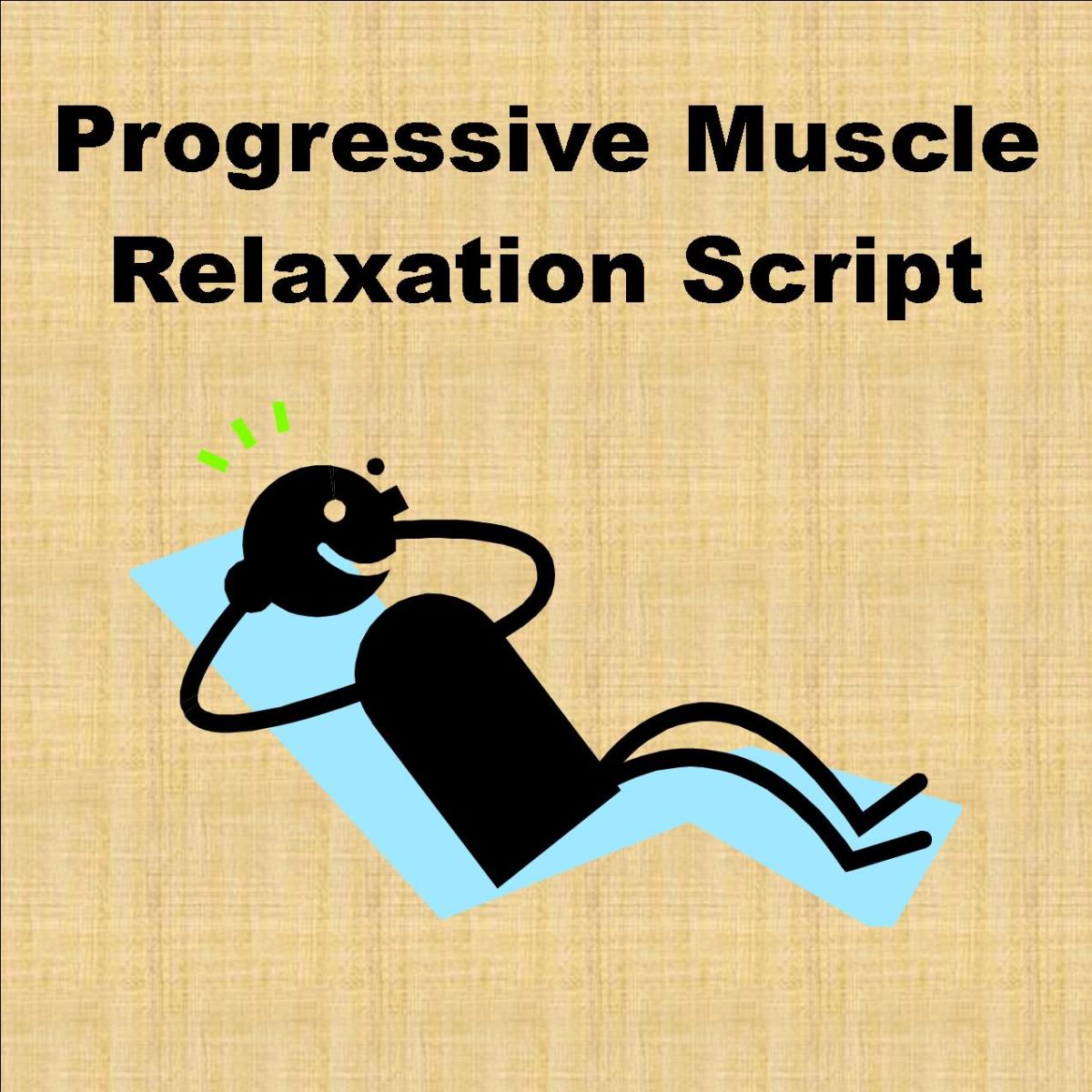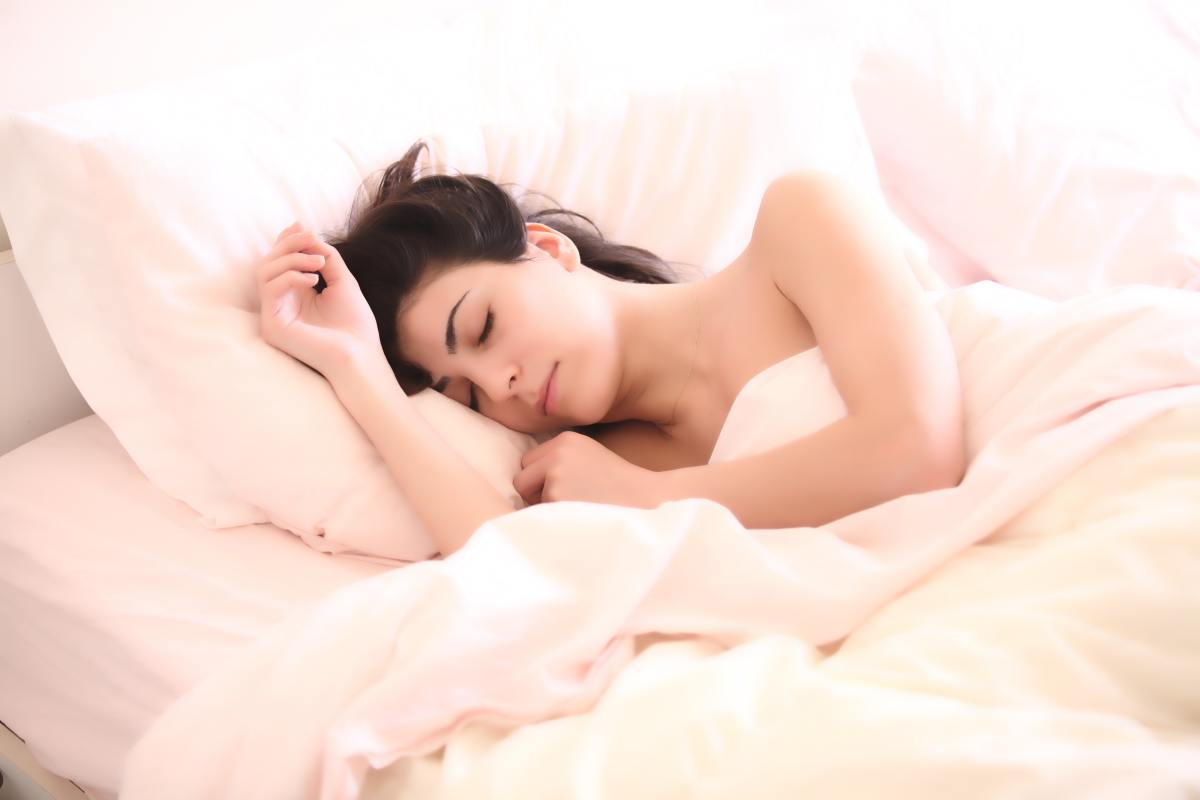- HubPages»
- Health»
- Personal Health Information & Self-Help»
- Self-Help for Sleep Issues & Sleeplessness
How to Fall Asleep Faster and Beat Insomnia
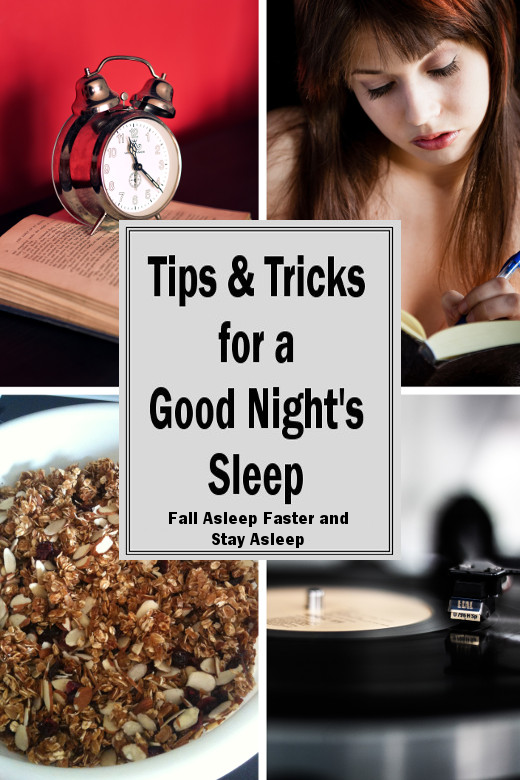
Finding it difficult to fall asleep and/or stay asleep is referred to as insomnia, as is waking much earlier than intended in spite of late bedtimes.
If you've experienced insomnia for three or more nights a week for at least a month, the condition is chronic. Not only does it take the enjoyment out of everyday life, it can lead to an increased risk of obesity, diabetes, high blood pressure, and depression. Seeking professional advice is, therefore, crucial.
If you experience only sporadic bouts of sleeplessness that last one or two nights to a couple of weeks, you're an acute sufferer.
But, whether chronic or acute, a few lifestyle adjustments and improved sleep hygiene can make all the difference.
As an acute insomniac, I consider myself "prone to sleeplessness." But it was only after carrying out a little research that I realized it can be triggered by any one of various factors, all of which I have been able to eliminate or work around. As a result, I can now fall asleep with relative ease in most circumstances, including periods of stress and upheaval.
In this article, I discuss the most common causes of insomnia, as well as sharing tried and tested tips and tricks that will help you not only fall asleep faster, but stay asleep.
Tips and Tricks to Help You Fall Asleep Faster
- Keep to an established bedtime routine.
- Make sure your sleeping area is comfortable.
- Watch your eating and drinking habits before bed.
- Reset your sleep schedule if you're a shift worker or experiencing jet lag.
- Get out of bed if you toss and turn for no apparent reason.
- Practice a simple form of meditation or keep a journal if you have an "overactive" mind, which will either keep you from falling asleep, or cause you to wake in the middle of the night.
- Install night lights or keep a flashlight on your nightstand if you find it difficult to sleep again after a trip to the bathroom.
- Stop watching the clock and use a reliable waking system if you lie awake worrying about not being able to sleep.
- Stop taking daytime naps and get more fresh air and exercise if you're a light sleeper.
- Practice progressive muscle relaxation and the 4 - 7 - 8 breathing technique.
1. Keep to an Established Bedtime Routine
A bedtime routine conditions the mind and body to go to sleep following a sequence signals. As such, it may take a few days to a couple of weeks to take effect.
Most important is that you go to bed at more or less the same time every night. If you work shifts, as I did for many years, maintaining a regular bedtime may prove impossible. I found it beneficial to keep within a two hour time frame of 10:30 p.m. to 12:30 a.m., depending on which shift I was working.
Whenever your schedule allows, take a soothing bath or shower a couple of hours before turning in, and spend the rest of the evening relaxing in your nightwear.
Before going to bed, turn off the lights, the TV, and other electronic devices in a ritualistic manner. To put your mind at ease, check that the alarm clock is properly set. I've often found myself drifting off, only to wake with a start at the thought of the alarm not going off.
It's said that the bedroom should be associated only with sleep and intimacy, but you may find it more relaxing to perform final winding down exercises in bed. These can include reading, meditating, listening to meditative music, or jotting down the day's events in a journal -- more on that later.
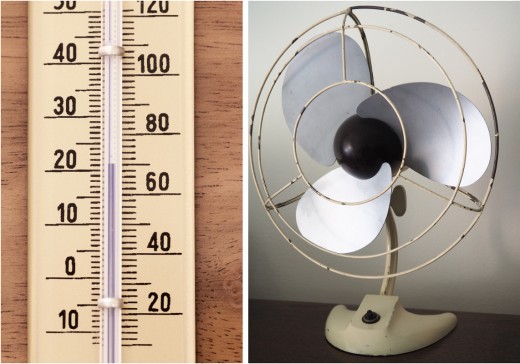
2. Make Sure Your Sleeping Area Is Comfortable
A restful environment is paramount to sleeping well.
Mattress, Pillow, and Room Temperature
If you toss and turn, your mattress and/or pillow may be to blame. If either is flat and worn out, you’ll have difficulty getting comfortable.
Or is your room too warm or too cool? Ideally, it should be 18 – 21°C (65 – 70°F) and well ventilated. Immoderate temperatures and stale air will keep you awake. During hot weather, take a cool shower before bed and keep an electric fan on your nightstand.
Lighting
Wherever possible, stay away from fluorescent strips and energy-saving LED bulbs directly before bed. Like computer screens and other backlit devices, these emit blue light, which suppresses the production of melatonin. This is a hormone secreted by the pineal gland, which causes tiredness at the onset of darkness.
Using a red bulb in your bedside lamp could help induce sleep while you read. If reading from a device, switch to night mode or install a blue light filter application.
Play Meditative Music
You may be able to drift off to the television, but gentle music is more effective. If you're a classical fan, try Chopin's Raindrops or the first movement of Beethoven's Moonlight Sonata. Otherwise, ambient music without climaxes works well. Important is that it doesn't exceed 80 beats per minute. Or try white sounds, like surf and wind.
Use Essential Oil of Lavender
Studies have shown that essential oil of lavender slows the heartbeat and relaxes muscles, thus reducing stress and effecting deeper sleep.
Sprinkle a few drops on your pillow and massage into the soles of your feet -- it's one of the few oils that can be applied to the skin undiluted.
Relaxing in a lavender fragranced tub before bed may also be beneficial, or use in conjunction with progressive muscle relaxation and the 4 - 7 - 8 breathing technique, as described below.
3. Watch Your Eating and Drinking Habits
If you take your main meal in the evening, give it at least three hours to digest before going to bed. Otherwise, a turkey or tuna sandwich, or a bowl of whole-grain cereal could help you sleep better. Such foods contain tryptophan, which stimulates melatonin production.
Restrict caffeinated beverages, like coffee, back tea, and some sodas, to the morning. Drink water and herb teas from lunchtime onward.
Avoid alcohol and nicotine before bed; these may seem calming, but they actually impair sleep quality. An infusion of lemon balm is a healthier and more effective relaxant.
4. Reset Your Sleep Schedule
Coming off night shift or a flight over several time zones from west to east can leave you wide awake at night and wanting to sleep during the day. There are three ways of solving this:
- Wean Yourself Back Into Schedule: If you have a few days to spare, get up one or two hours earlier each day until your schedule is back to normal.
- Force Yourself Into Schedule: No matter how tired you are, don't sleep during the day. This will enable you to sleep better at night and adjust to your new timetable or timezone. It may, however, be a few days until you feel truly refreshed upon waking.
- With Medications: Medications should be considered a last resort and taken for no more than a day or two. Always consult a doctor beforehand, since even over the counter remedies, like valerian and melatonin, can prompt adverse reactions.
Melatonin
As a medicine, melatonin is intended specifically for the treatment of jet lag and shift work sleep disorder (SWSD), a disparity of the circadian rhythm (also referred to as the "biological clock") resulting from irregular work hours. But it's also a safe remedy for insomnia during menopause, which is often a result of decreased levels of the sleep-inducing hormone progesterone, as well as for delayed sleep phase disorder (DSPD).
Delayed Sleep Phase Disorder (DSPD)
Although DSPD isn't completely understood, those with the disorder are thought to have a circadian period of more than 24 hours. From early childhood or adolescence, sufferers find themselves unable to keep "normal hours" without feeling jet lagged, and are often deemed unreliable and inattentive due to oversleeping and general fatigue. If this sounds like you, seek medical advice. Several treatments are available with which the condition can be managed.
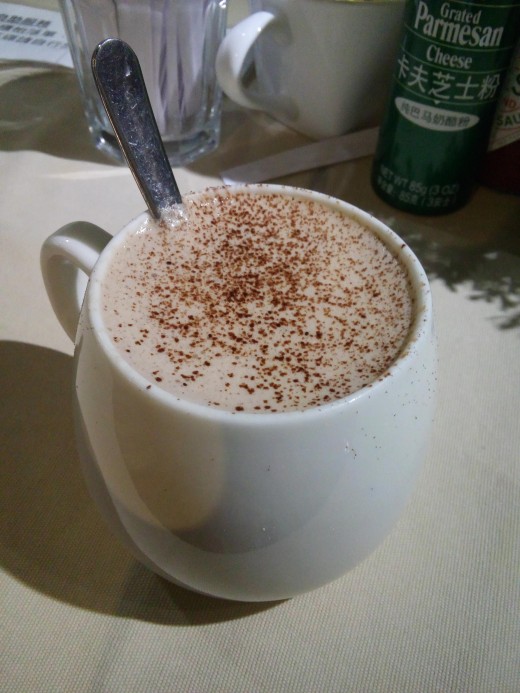
5. Get Out of Bed
If you find yourself tossing and turning for no apparent reason, it’s possible that you’re not tired enough to sleep.
Get out of bed if you don't drift off after 20 to 30 minutes. Fix yourself a mug of hot chocolate or warm milk sprinkled with nutmeg (which can work as a mild sedative), and pursue a calming activity, like doing a jigsaw puzzle or, if you're so inclined, yoga.
If you'd rather stay in bed, sit up and leaf through an illustrated book -- for this purpose, I have one featuring Japanese rock gardens.
6. Practice Meditation or Keep a Journal
One of the most common causes of insomnia is an overactive mind. It's the result of being so busy throughout the day that you literally don't have time to think.
If the the brain is to filter, delete and store information relating to daily experiences as they occur, you need to take occasional breaks. If you don't, it will begin its processing work when you go to bed, thus keeping you awake with unwanted thoughts regardless of how exhausted you are.
You can work around this by practicing a simple form of meditation or writing in a journal as part of your bedtime routine.
Meditation
There’s no need to go into the lotus position or chant a mantra. It’s enough if you simply sit or lie with your eyes closed and observe whatever thoughts enter your head without actually analyzing them. Do this for between five and 20 minutes each evening, or whenever there's a moment to spare during the day.
Keeping a Journal
Allow about ten minutes before going to bed to scribble down the days events, your thoughts on them, and anything that's causing worry or concern.
This also helps if you're unable to fall asleep again after waking in the middle of the night for no discernible reason. The usual cause is unresolved problems niggling at the back of the mind, or postponing commitments for a tomorrow that never arrives. Making a definite decision to resolve such issues and putting it down in writing will allow you to switch off and go to sleep. Keep the journal beside your bed for this purpose.
7. Install Night Lights or Keep a Flashlight on Your Nightstand
If you have difficulty falling back to sleep after visiting the bathroom, it's probably due to lighting.
Bright light tells the body and brain that it's time to wake up and start the day. To make matters worse, LED bulbs and fluorescent strips emit blue light, which, as previously mentioned, further undermines healthy sleep.
Solve this by installing dim night lights (ideally in red) to guide you, or keep a flashlight on your nightstand.
Frequent urination is often triggered by an underlying medical issue, so consult a health professional if you haven't already. Otherwise, refrain from drinking three hours before going to bed.
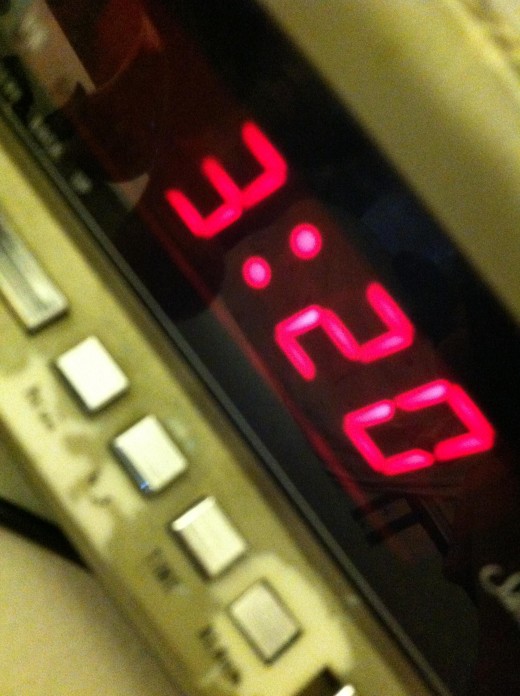
8. Stop Watching the Clock and Use a Reliable Waking System
Watching the clock and worrying that you'll have to struggle through the next day's tasks in a state of fatigue is, in itself, a cause of insomnia. You'll no doubt fall asleep when it's almost time to get up and miss the alarm.
The remedy is to turn the clock away from you in order that you can't read it, and install a reliable waking system.
Set a loud alarm clock that has a "sleep" function for about half an hour before you need to get up. Additionally, plug a radio into a timer switch at the other end of the room, setting it for the exact time you have to get out of bed. The volume should be loud enough to wake the neighbors, thus forcing you to get up and turn it off.
Rest assured that oversleeping is impossible, your nights of lying awake and worrying should be over.
9. Stop Taking Daytime Naps and Get More Fresh Air and Exercise
If you wake to the slightest sound, you’re a light sleeper. A pair of earplugs would help, but what you really need is more fresh air and exercise.
Use the stairs instead of the elevator, and walk short distances instead of taking the car. More vigorous exercise should be taken several hours before bedtime, since it may otherwise keep you awake.
Daytime napping can also reduce sleep quality. Whenever you're tempted to nod off, take a stroll instead.
10. Progressive Muscle Relaxation and the 4 - 7 - 8 Breathing Technique
Do these two simple exercises as soon as you lie down to sleep.
Progressive Muscle Relaxation
Progressive muscle relaxation (PMR) makes falling asleep easier and, over time, enhances sense of wellbeing. Easy to perform, it involves nothing more than systematically tensing and relaxing individual muscle groups.
Tense the muscles of the lower legs for ten to 15 seconds, relax, wait ten seconds, then tense the muscles of the thighs. Continue in this way, ending at the neck and face. It helps if you imagine stress and tension flowing from your body as each muscle group relaxes.
The 4 - 7 - 8 Breathing Technique
Follow with the 4 - 7 - 8 breathing technique, which is a form of yogic paced breathing. By slowing the heartbeat and forcing the mind to focus on the way you breath instead of matters that might keep you awake, it enables deeper relaxation.
This is how it's done:
- Breath out through your mouth, making a whooshing sound.
- Close your mouth and inhale through your nose for four seconds.
- Hold your breath for 7 seconds.
- Breath out through your mouth for 8 seconds.
This counts as one breath and should be repeated four times.
© 2019 John Rickson


